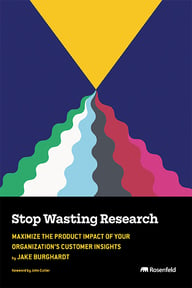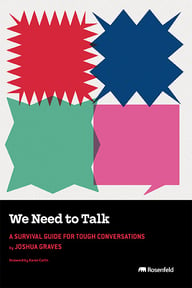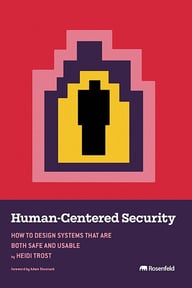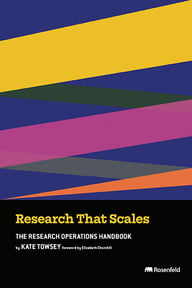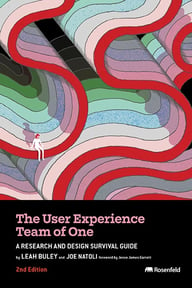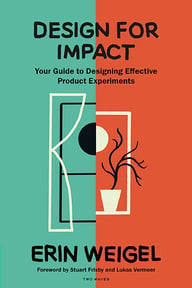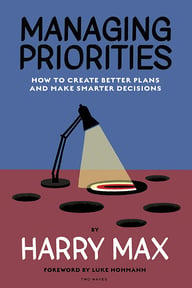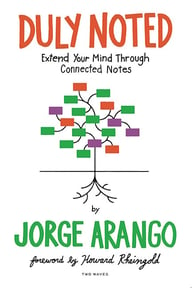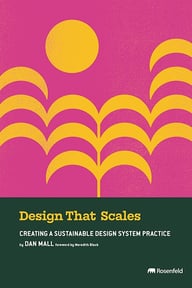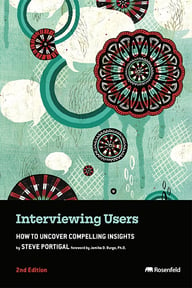Summary
Making yourself heard and influencing others is not just about how you deliver a message or its content; it’s about claiming your personal power and taking up space in the world. We will explore practical tools and techniques to help attendees embrace their unique voice and narrative, while sharing strategies to build the confidence and self-worth needed to elevate their presence and impact.
Key Insights
-
•
Soft power in UX and product roles comes from framing agendas, building relationships, and influencing decisions rather than formal authority.
-
•
Identity tied too narrowly to research or design roles can limit opportunities; focusing on value and outcomes broadens impact.
-
•
Craft is table stakes; domain expertise and business alignment are the real levers of influence and power.
-
•
Jess’s partner Dana encouraged her to change how she moved, leading to a major career shift and founding an AI enterprise platform.
-
•
Stakeholders often misinterpret roles and underestimate contributions until someone clearly communicates their value.
-
•
Product management is splitting between delivery and discovery; PMs face a skills mismatch as AI changes expectations.
-
•
Collapsing talent stacks creates competitive advantage by reducing friction and increasing role overlap among team members.
-
•
Building strong partnerships and understanding executive decision rhythms significantly increase trust and influence.
-
•
Navigating organizational politics, including conflict and territorial behaviors, is a key part of gaining power.
-
•
Practicing curiosity, storytelling, visibility, and relationship-building are critical growth areas beyond technical craft for UX professionals.
Notable Quotes
"Power is a weird word. It's hard to relate to, and we aren't usually put in that position in our work."
"If I had waited for someone else to give me permission, I'd still be waiting. We'd all be waiting."
"People make assumptions about what we can achieve through no fault of our own."
"Craft isn't gonna help you feel more fulfilled, influential or powerful. It cannot meet that need."
"Your partners need to trust that you are going to make their goals your goals."
"Don't think constraints are real. Executives see them as excuses for not delivering."
"Vibe coding, the blurring of roles, creates a competitive advantage because there is less complex communication."
"Everyone wants to have an impact on the decisions being made no matter what the role is called."
"Aim for a two for one: how can you make your goals and the goals of others align?"
"The more generous you are, the more those around you shine and everyone benefits."
Or choose a question:
















More Videos

"The faster the reaction, the less distorted it is by cognitive processes, capturing genuine gut feelings."
Daniela Magaña Flores Ariane Rahn Jeff Ephraim BanderAhead of Competition: Learn What UX Benchmarking Can Do for Your Business Today
March 10, 2022

"Customer value outcomes should drive empowered product teams rather than technical outputs or budgets."
Sabrina Mach Nina WainwrightHow to Design Your Design Operating Model
September 29, 2021

"Wayfair’s design team is design thinking led, inspiring other functions to form communities and grow together."
Rusha SopariwalaRemote, Together: Craft and Collaboration Across Disciplines, Borders, Time Zones, and a Design Org of 170+
June 9, 2022

"You’re not just convincing people of the value but the benefit to them of working with you on the product journey."
Christian Crumlish Wendy Johansson Rich Mironov Aditi Ruiz Adam ThomasAfternoon Insights Panel
December 6, 2022

"ADHD isn’t actually a deficit of attention, but instead trouble regulating it."
Jessica NorrisADHD: A DesignOps Superpower
September 9, 2022

"Design Ops might not just support design anymore—our work is requested by non-designers and solving broader business problems."
Rachel Posman John CalhounA Closer Look at Team Ops and Product Ops (Two Sides of the DesignOps Coin)
November 19, 2020

"Design is navigating through unprecedented times."
Angelos ArnisNavigating the Rapid Shifts in Tech's Turbulent Terrain
October 2, 2023

"Kate Middleton has been doing this for a hot minute, invested in maintaining the status quo because if it ain't broke, why fix it?"
Melinda BelcherBridging the Gap: Making the Most of the Differences Between Agency and Enterprise
January 8, 2024

"The organization is bottom-up; there are no top-down yearly objectives we have to meet."
Mark BoultonOps without Designers
November 7, 2018






